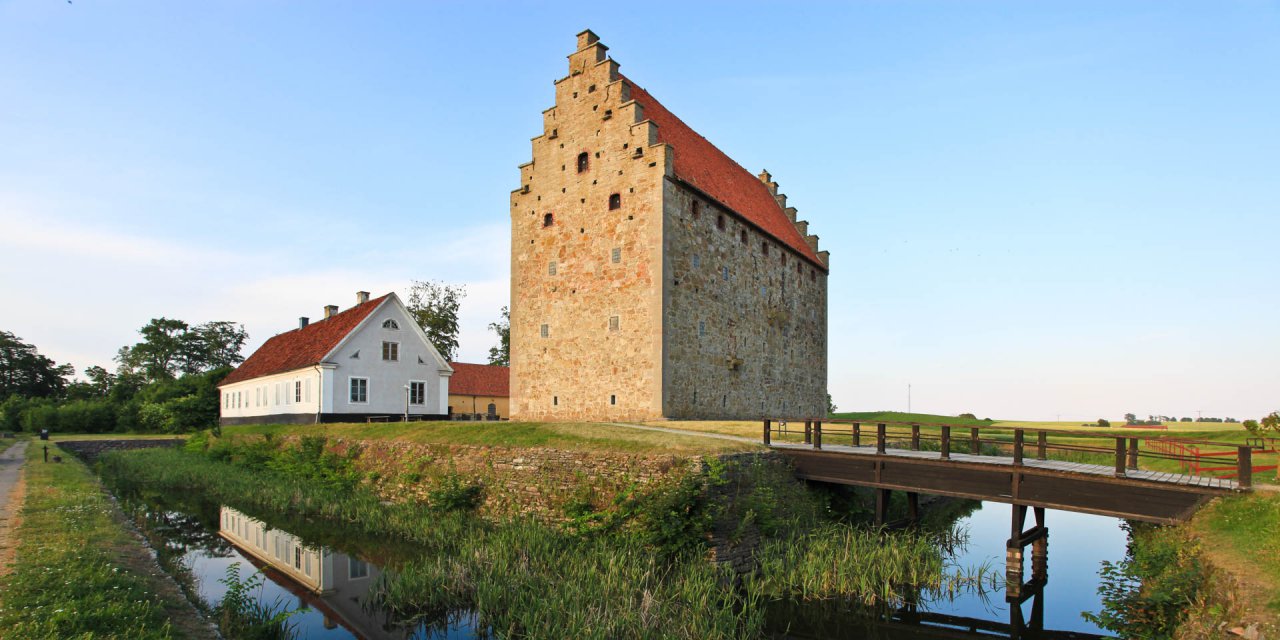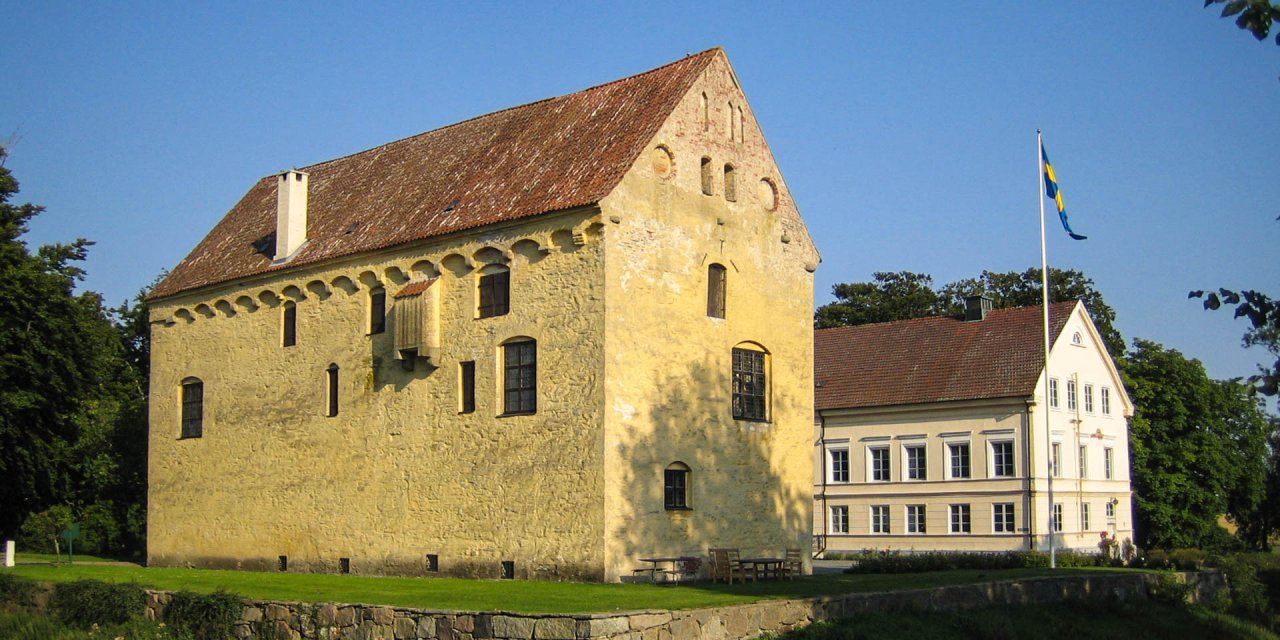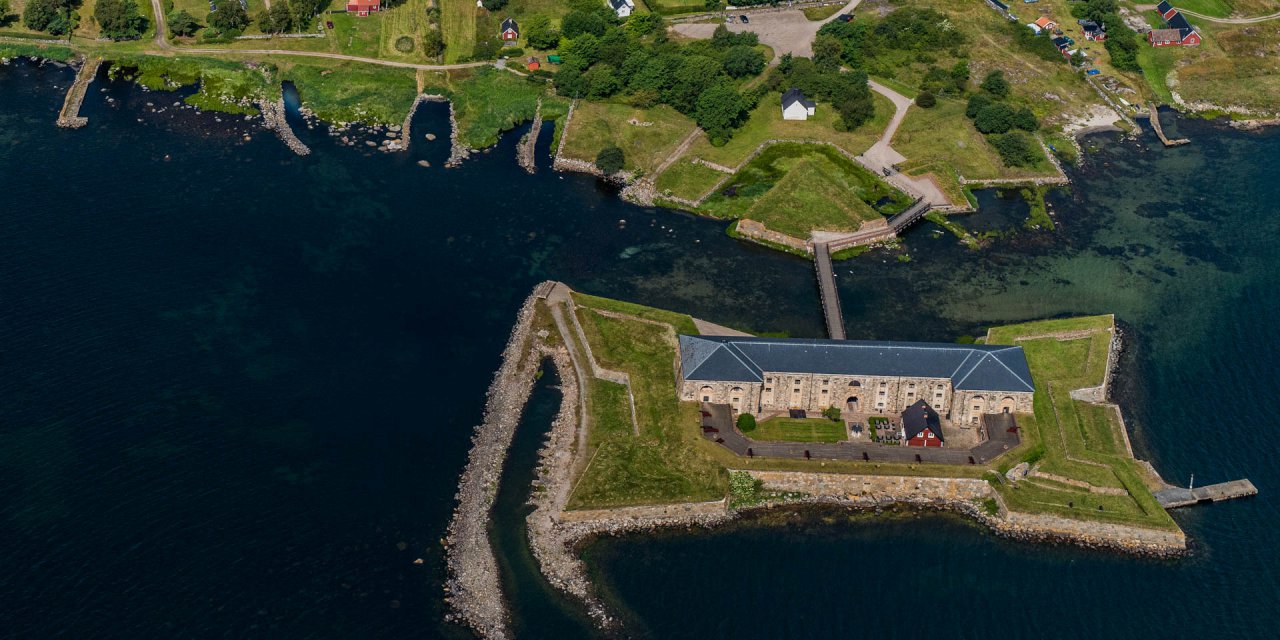

Bäckaskog Slott
Castle near Fjälkinge
The castle Bäckaskog Slott, which dates back to an old monastery complex, is situated in a scenic location on a narrow headland between lakes Ivöjön and Oppmannasjön on the eastern border of the municipality of Kristianstads Kommun.
The nucleus of Bäckaskog Slott is an old monastery founded on this site in the 13th century by monks of the Premonstratensian Order after their previous monastery in Vä, south of present-day Kristianstad, had fallen victim to a fire.
Life in the monastery
The new location was well chosen because it offered the monks several ways to earn a living. In addition to productive farming on the fertile soils between the two lakes, the monks ran a quite successful pig breeding business, which relied on the rich acorn yield of the surrounding large oak forests. Another mainstay was the breeding of Roman snails, which are still frequently found in the area around the castle.
The monks obtained a large part of their daily food from the abundant fish stocks, especially from the eel catch in the two large lakes. They carefully built their monastery kitchen, which has been preserved to this day, over the stream that connects the two lakes. This not only ensured direct access to fresh water, but as a special feature there was a hatch in the floor of the kitchen through which the fish could be caught from the stream and immediately prepared in the kitchen.
The monastery becomes Bäckaskog Castle
After the Reformation, the monastery was dissolved and the property confiscated by the Danish crown in 1537 and converted into a crown estate. Subsequently, even after the confiscation by the Swedish crown in 1684, the estate changed hands frequently and was transformed bit by bit from the original monastery first to a fortified complex and then to a country castle.
Bäckaskog Slott owes its present appearance mainly to the renovations and extensions in the 18th and 19th centuries, during which the beautiful and extensive castle park was also laid out. Bäckaskog Slott experienced its heyday as a summer residence and pleasure palace under King Charles XV (1826 - 1872), who owned the palace from 1853 until his death in 1872.
The castle, which was declared a listed building in 1935, has been state-owned since 1996 and is leased to a hotel business. The castle park, the remains of the former monastery chapel and kitchen as well as the 18th century stables and the royal state rooms are open to the public.



